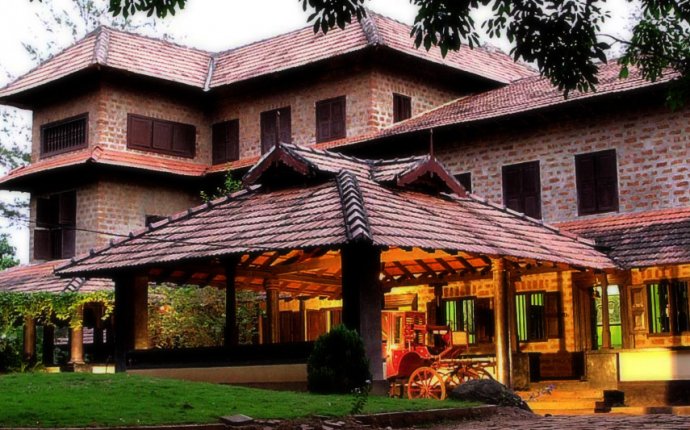
Ayurveda Sciatica
 Article by – Dr. MS Krishnamurthy MD (Ayu), PhD (Ayu).
Article by – Dr. MS Krishnamurthy MD (Ayu), PhD (Ayu).
Sciatica is a severe painful condition where sciatic nerve of one or both the legs are involved. Thanks to long hours sitting jobs, it is a common disease which affects the movement of the legs. Often it is associated with low back pain. The condition where back pain and radiating pain of the legs are found together it is called Sciatica syndrome. In older times, as per Ayurveda system of medicine, it was named as Gridhrasi.
As per Ayurveda, gridhrasi (sciatica) is explained as one among 80 types of Vata imbalance disorders(neurological / neuro-muscular disorder). The word ‘Gridhrasi’ is derived from the root word – ‘Gridhra’. which means the bird ‘vulture’.
It is observed that in this disease, the patient’s gait is altered as his legs become tense, and slightly curved due to pain. Ultimately, the patients walk similar to the walk of the vulture (gridhra). Hence the name Gridhrasi.
According to another saying, sciatica is characterized by severe pain experienced by the patient and it is similar to the pain one experienced by the prey of vulture, while being eaten up.
Cardinal features:
Radiating pain in the affected leg/legs is the typical characteristic feature of this illness. Due to this, the patient walks with the gait of the bird, vulture.
Etiological factors:
All etiological factors of Vata imbalance disorders are the exclusive reasons of sciatica too.
Common causes for sciatica-
Intake of Vata aggravating eatables like- adhaki (pigeon pea), chanaka (Bengal gram), kalaya (peanut), masura (red lentil), nishpava (flat bean), uddalaka etc
Excess intake of dry, light and cold food
Excess intake of pungent, bitter and astringent food
Heavy weight lifting, long walk, improper lie or sitting positions
Suppression of urine, feces etc
Improper practice of enema, purgation etc
Fall or injury etc.
Symptoms of Sciatica:
Pain starting from hip area and radiating to the thigh, back, sacral region, popliteal area, calf muscles and foot.
Pricking sensation in those parts
Altered gait
Rarely stiffness or pulsation etc. are mainly found.
Types:
Based on Dosha imbalance, Sciatica ( gridhrasi) is of two kinds-
- Vataja Gridhrasi
- Vata-kaphaja Gridhrasi
Vata sciatica-
Curved posture (altered gait) due to pain(pain during lateral bending), severe stiffness, pulsation in back, hip, thigh, knee and foreleg.
Vata-kaphaja sciatica-
Along with the above features, indigestion, drowsiness, nausea, anorexia, heaviness of the leg and freezing sensation in the lower limbs are complained.
Line of treatment:
As it is one among Vata disorders, all vata pacifying measures should be undertaken.
Snehana (oleation)- application, sprinking or pouring of oil over the affected area may be carried out.
Swedana (sudation)- tub bath, pizichil, sudation with oil added medicated herbal pastes (patrapinda sweda), application of poultice (upanaha sweda) etc. are beneficial.
Mridu samshodhana– mild purgation (Mridu Virechana) is preferred.
Basti (medicated enema)
Shiravyadha/ Rakta-mokshana (venesection or blood letting) – It is advised to perform 4 angula (3inch) above or below the knee joint.
Agni karma (cautery)- is carried in the severe painful area or near the little toe of the leg, using a metallic rod.
Herbs useful in Sciatica:
Nirgundi – Vitex negundo Linn.
Bala – Sida cordifolia Linn.
Punarnava – Boerhavia diffusa Linn.
Eranda – Castor root – Ricinus communis Linn.
Shigru – Moringa oleifera Lam.
Rasna – Pluchea lanceolata C. B. Clarke.
Jambira – Lemon – Citrus limon (L.) Burm.
Masha – Black gram – Masha
Formulations useful in Sciatica:
Yogaraja guggulu
Gokshuradi guggulu
Kaishora guggulu
Khanjanikari rasam
Vishamusti vati
Prasarinyadi kashaya
Sahacharadi kashaya
Rasnaerandadi kashaya
Punarnavashtaka kashaya
Rasnasaptaka kashaya etc
Wholesome diet and habits in Sciatica:
Masha(black gram)
Kulatha(horse gram)
Godhuma(wheat)
Raktashali(red rice)
Amlaphala(sour fruits)
Dadima(pome granate)
Draksha(raisins)
Shigru(drum stick)
Patola(snake gourd)
Kshira(milk)
Ghrita(ghee)
Mamsarasa(meat soup)
Dhanyamla(sour gruel)
Eranda taila(castor oil)
Tila taila(sesame oil)
Avagaha (tub bath)
Abhyanga (oil massage)
Ushnodakasweda (warm water bath) etc
Unwholesome diet and habits in Sciatica:
Kalaya – peanut (Lathyrus sativus Linn.)
Chanaka – Bengal gram (Cicer arietinum Linn)
Rajamasha (Raj maa)
Vegadharana (suppression of urges)
Vyavaya (sexual indulgence)
Vyayama (heavy exercise)
Diva swapna (day sleep)
Prajagarana (sleepless nights)
Yana (riding vehicles etc.)
Last drop:
Dear reader, Sciatica (gridhrasi) is a condition which makes the individual to cripple in longer time period. Careful supervision over the etiological factors will help to avoid the chances of affliction of the disease, especially in the professionals like tailors, two wheeler or four wheeler drivers, teachers, guards, chefs, servants, weight lifters etc. After once affliction, it is always better to have the treatment at the earliest as it decreases the working ability of the individuals.














